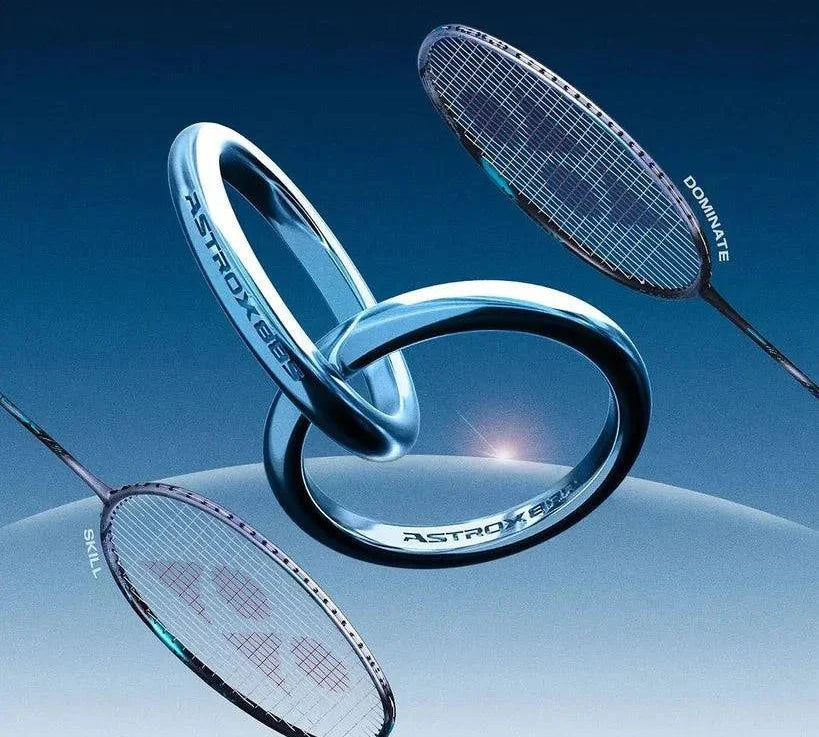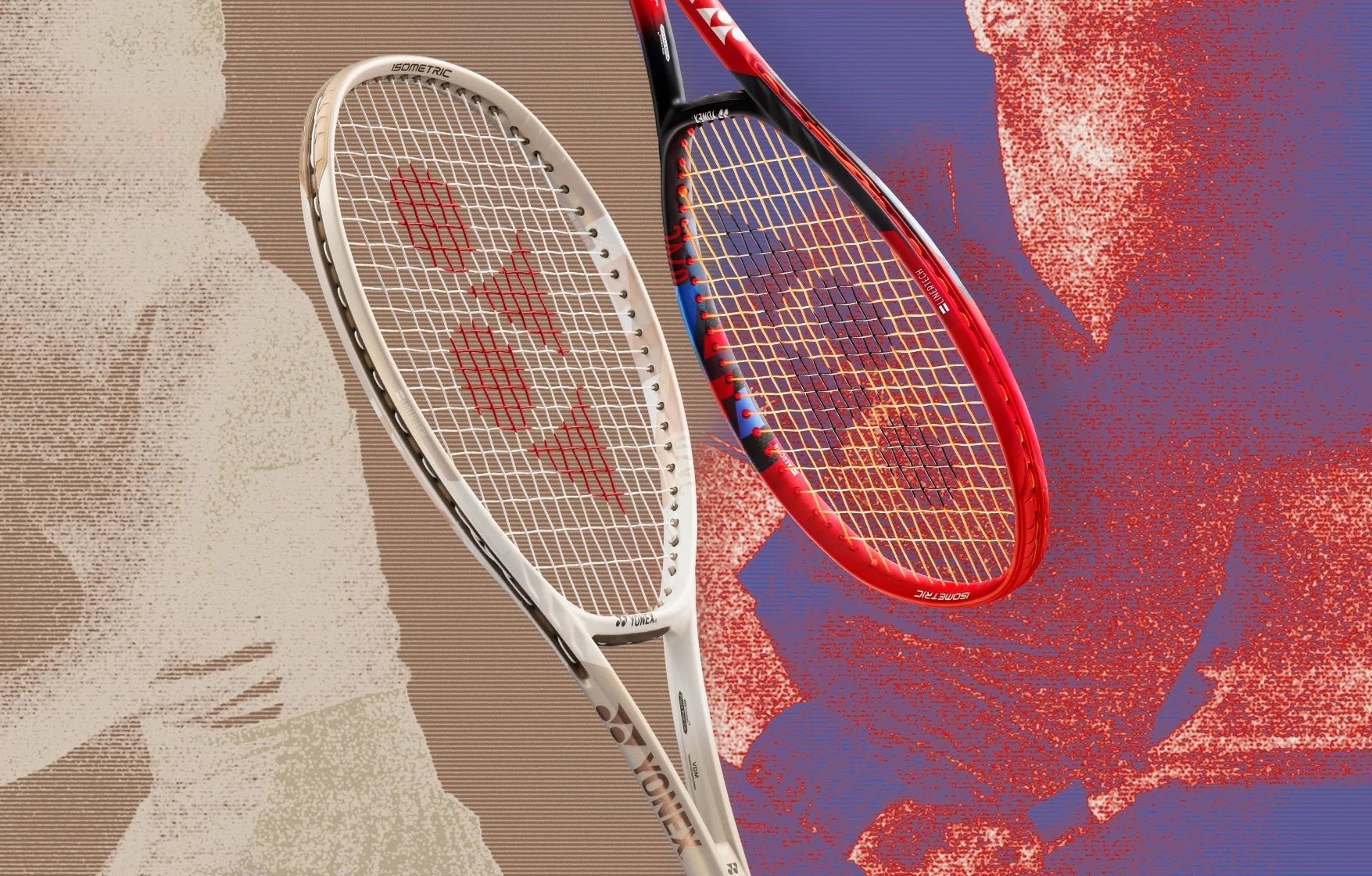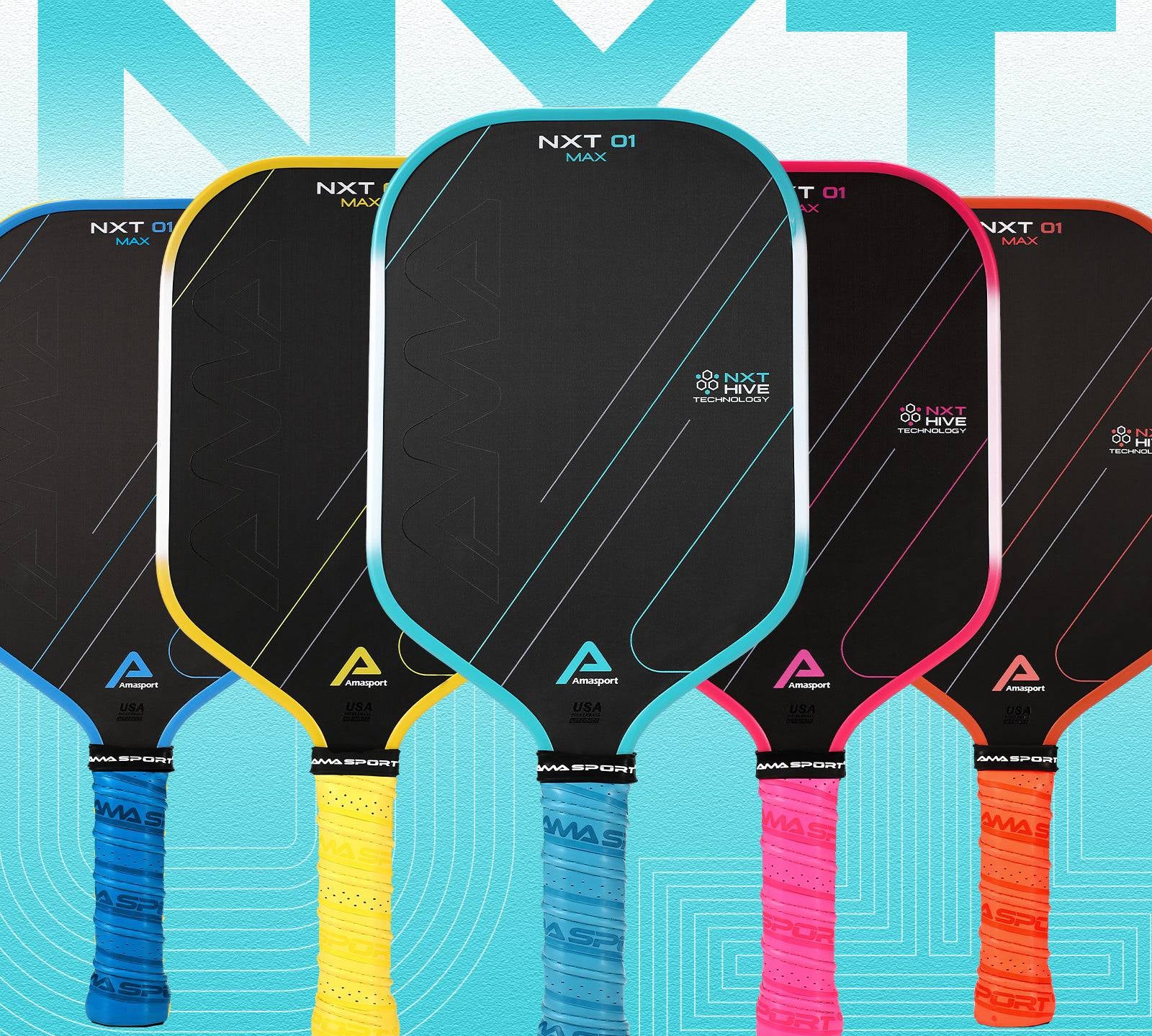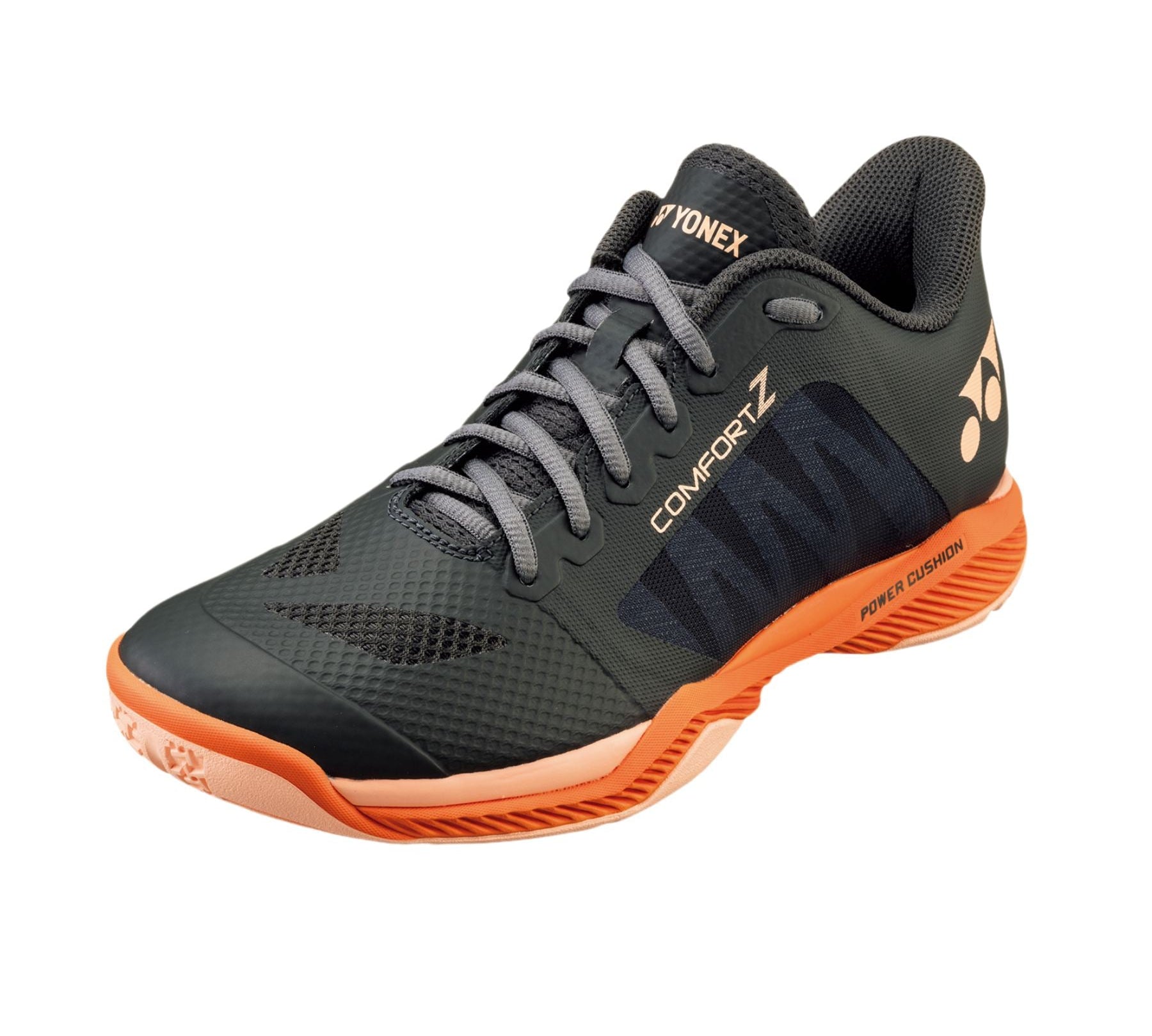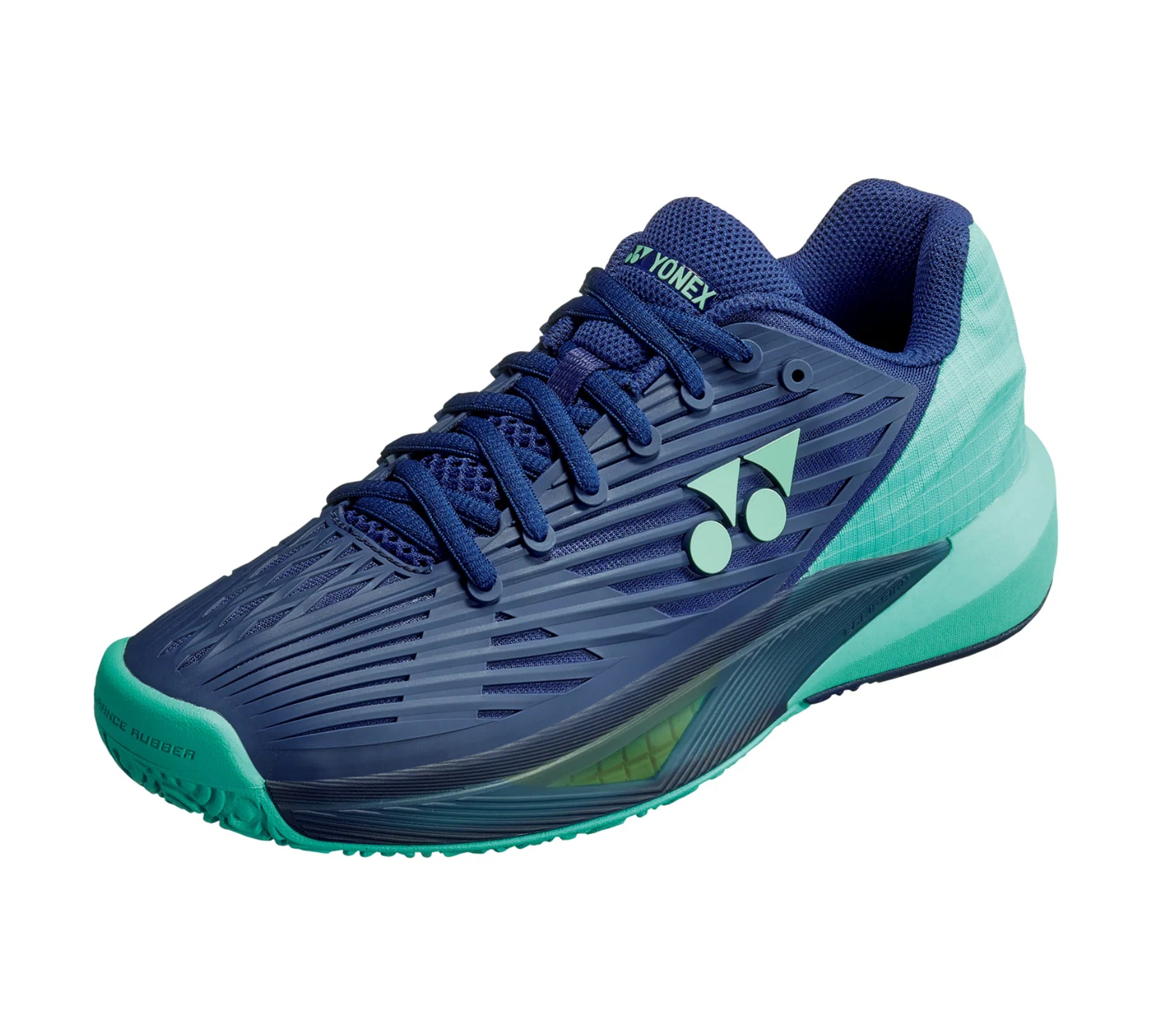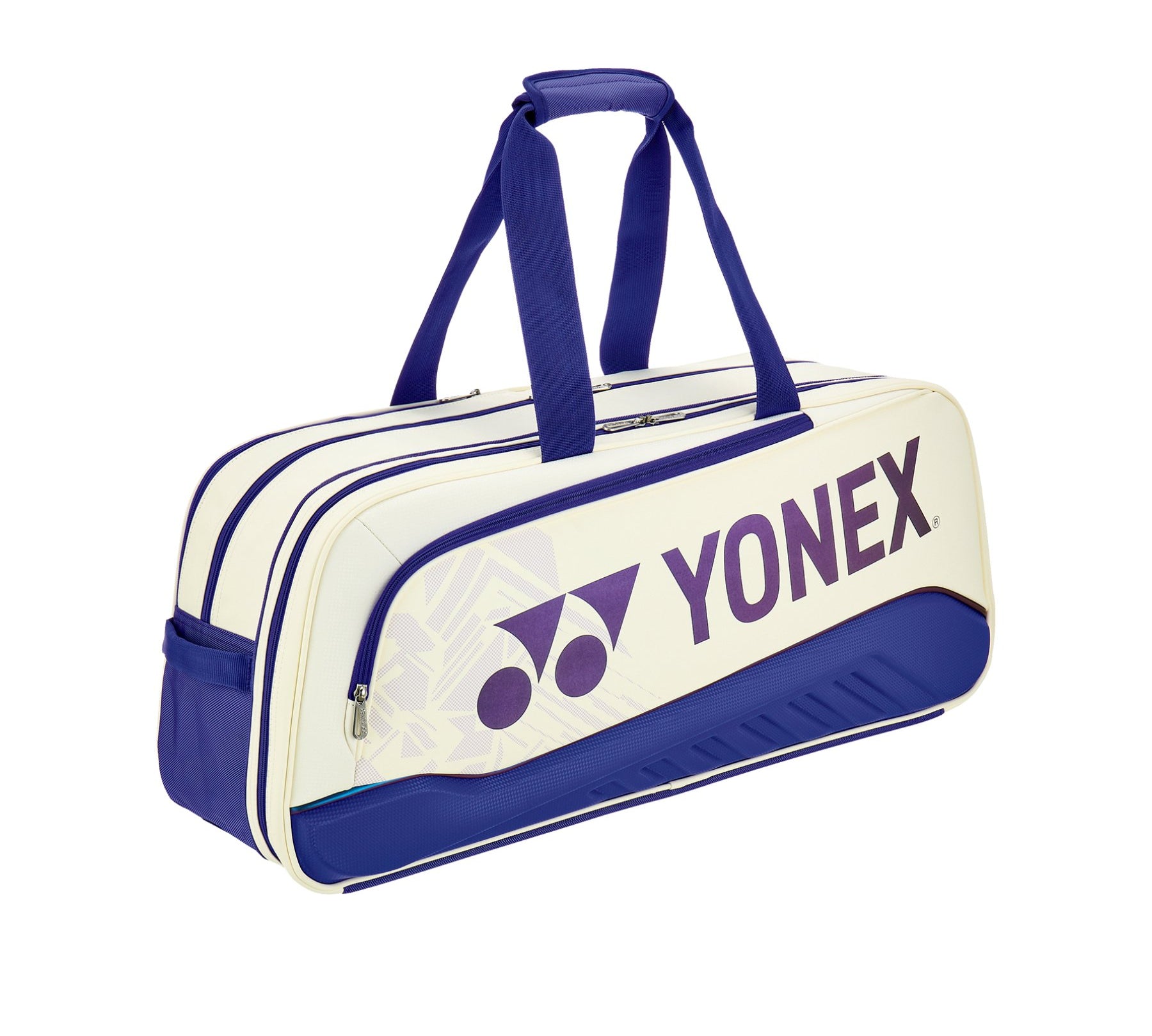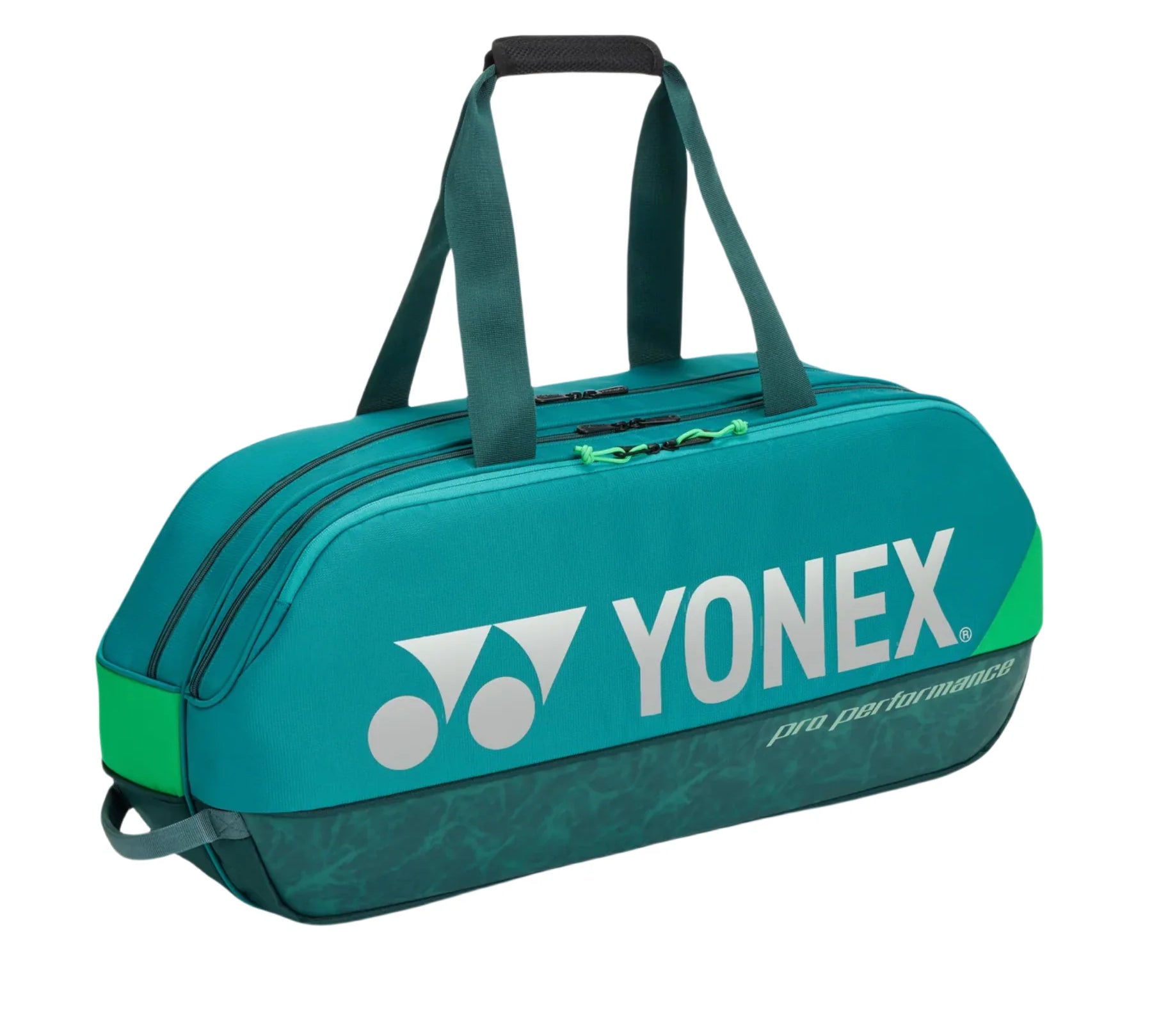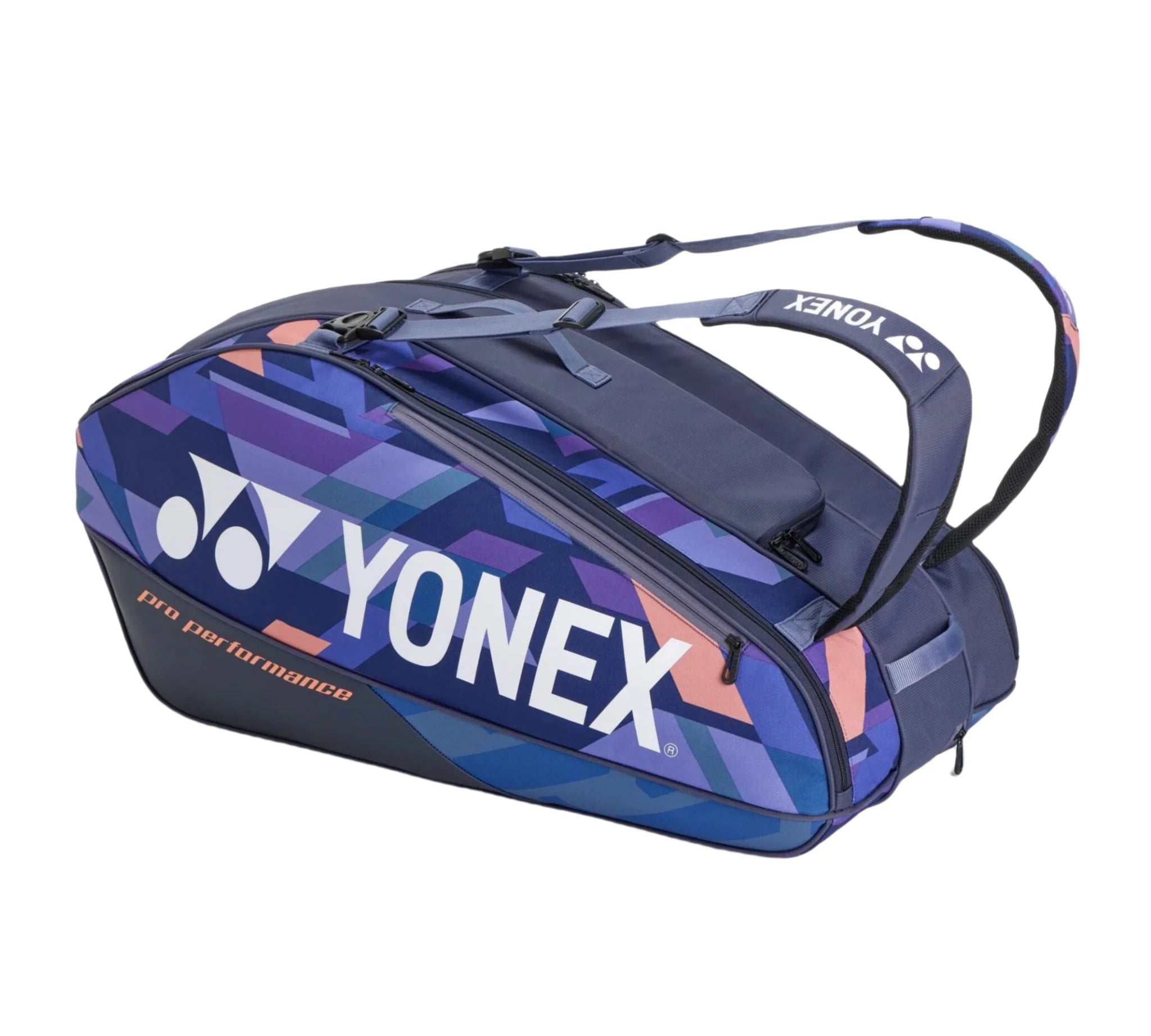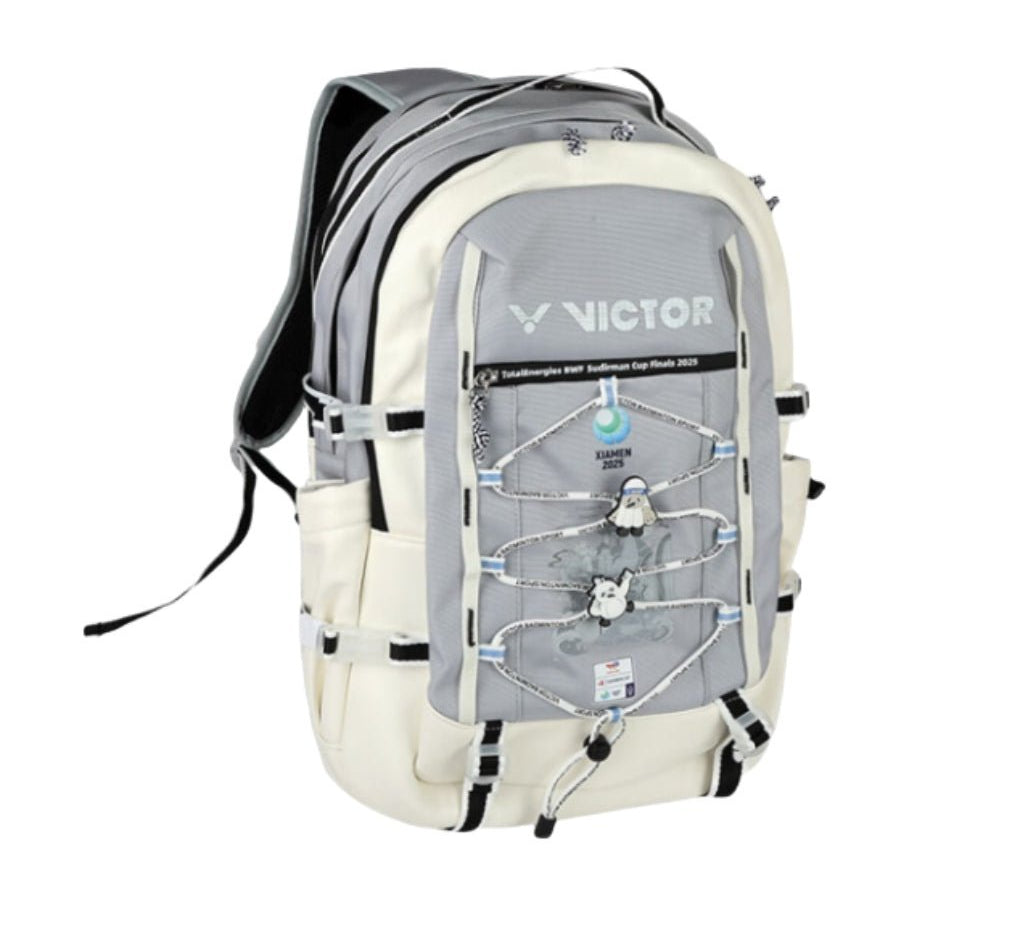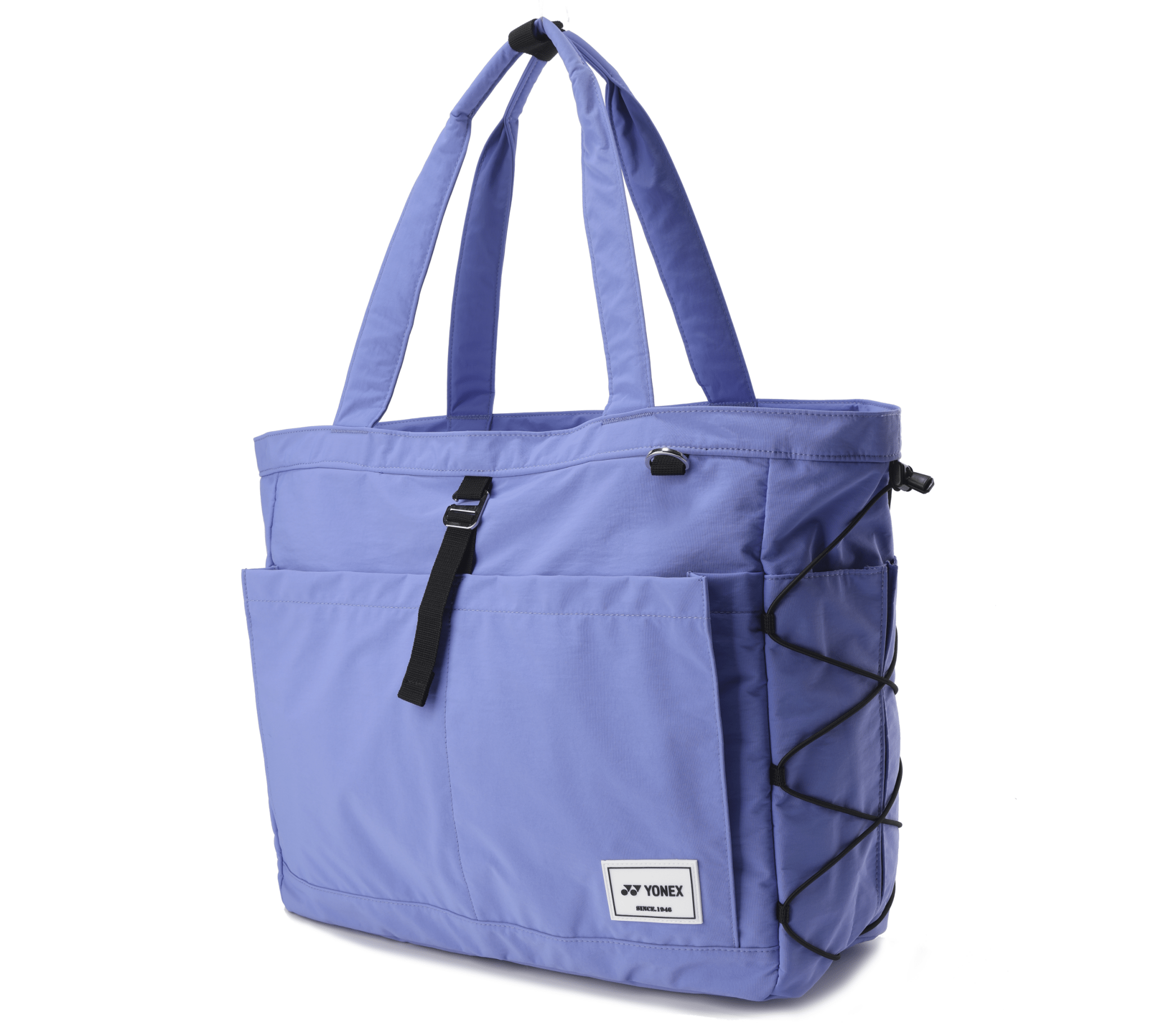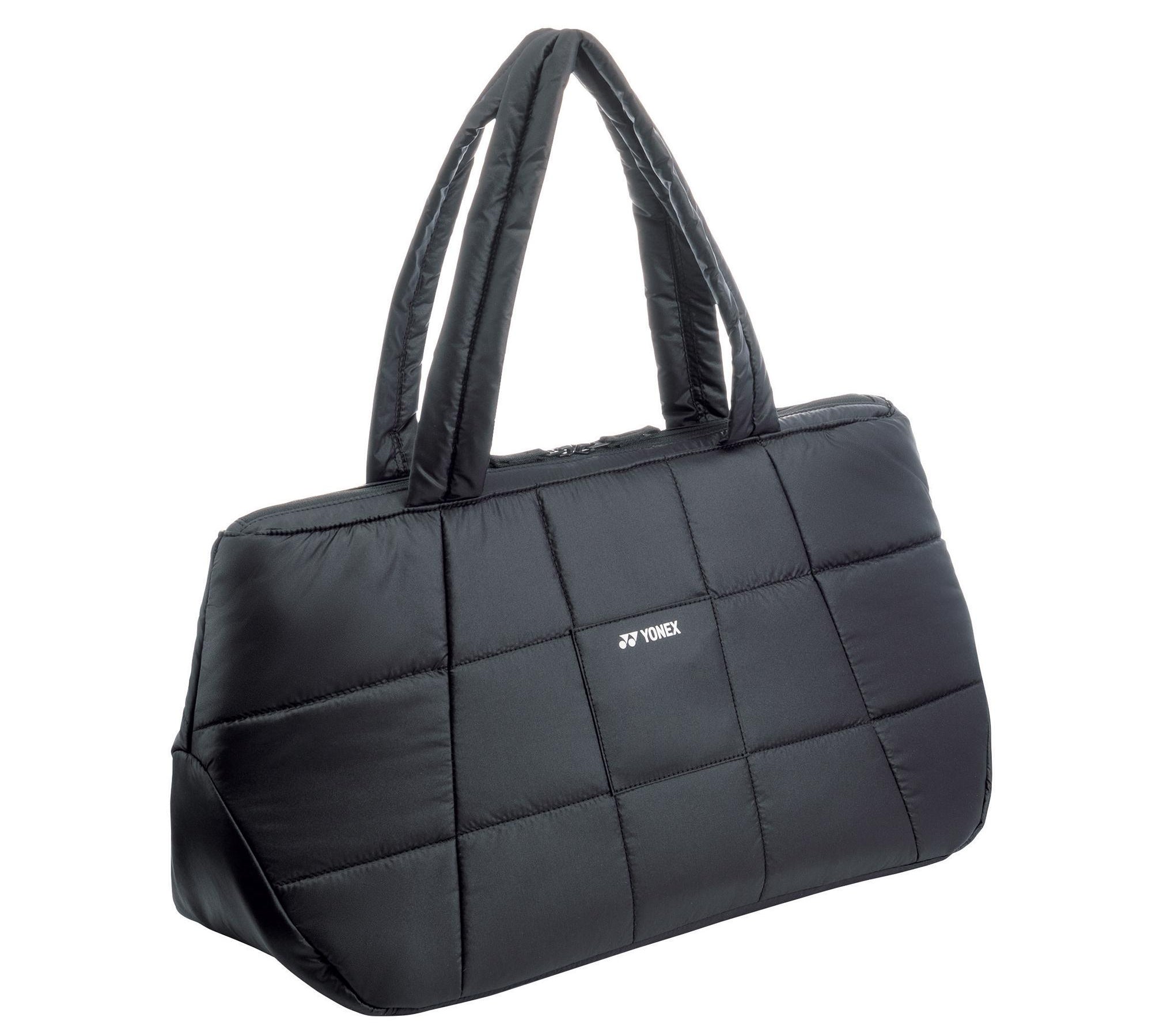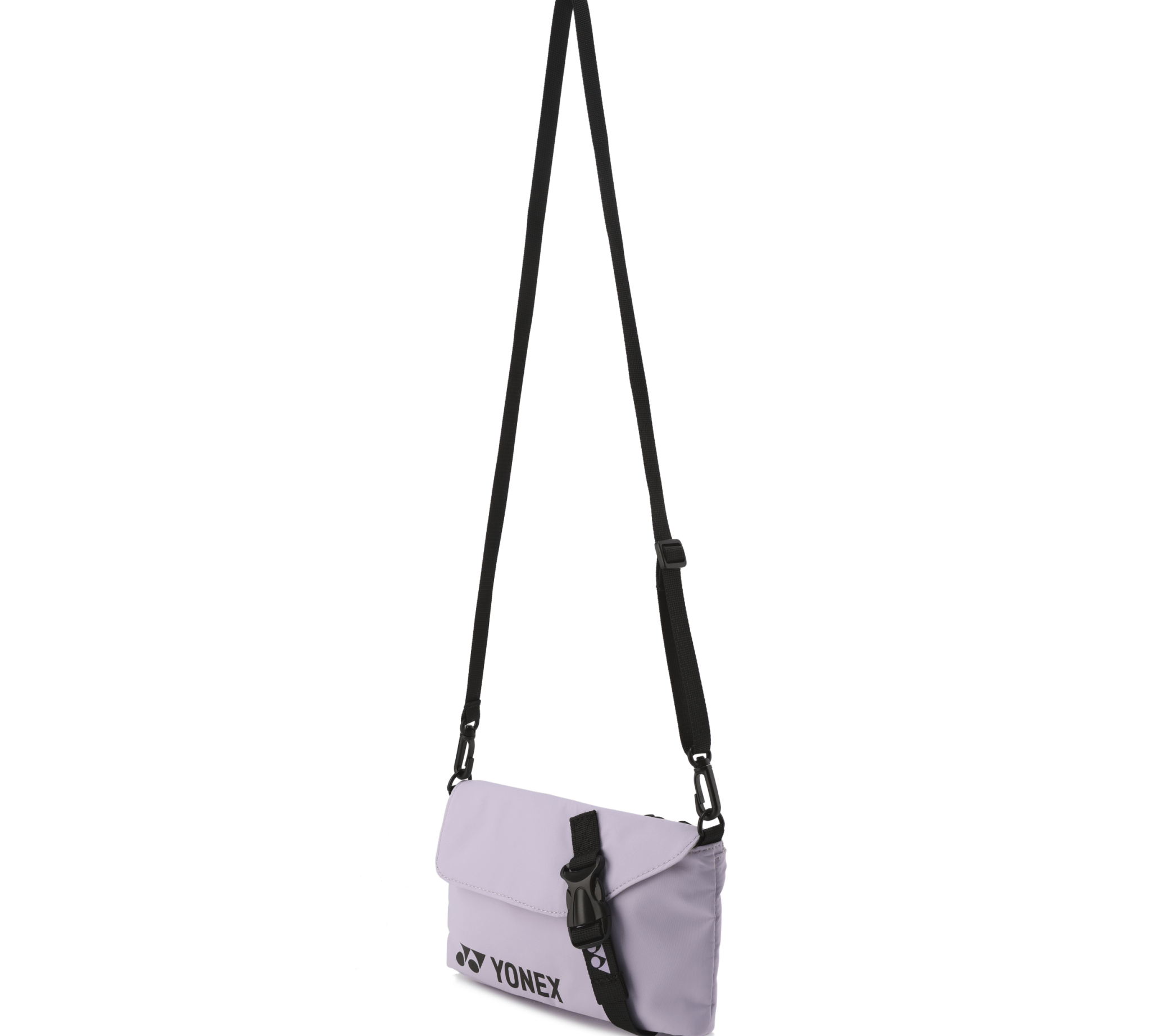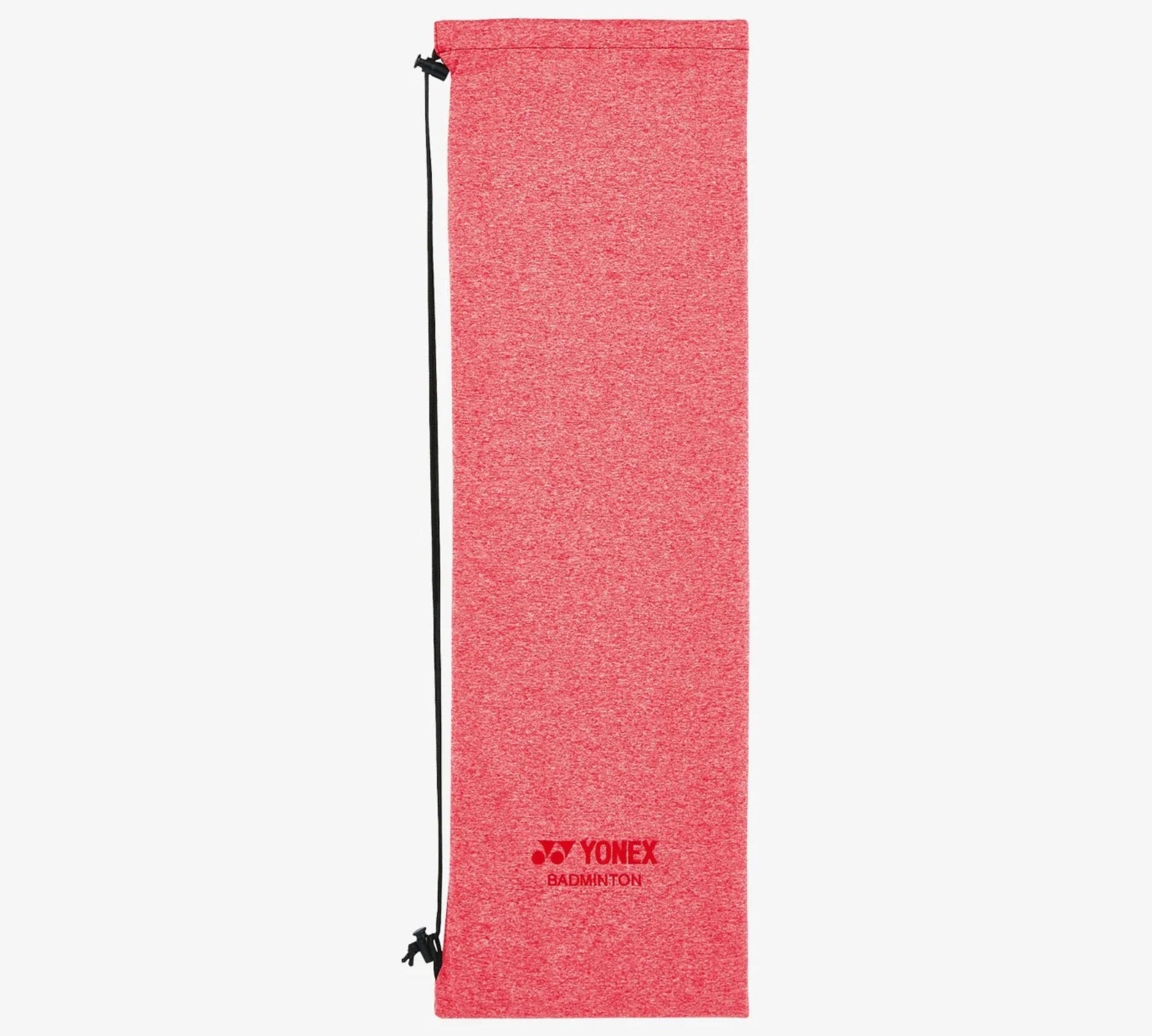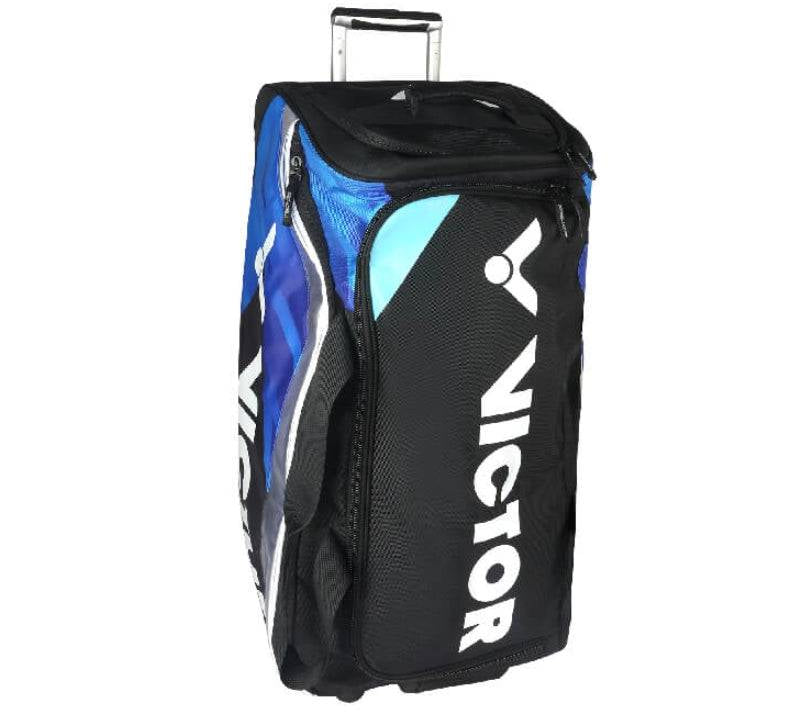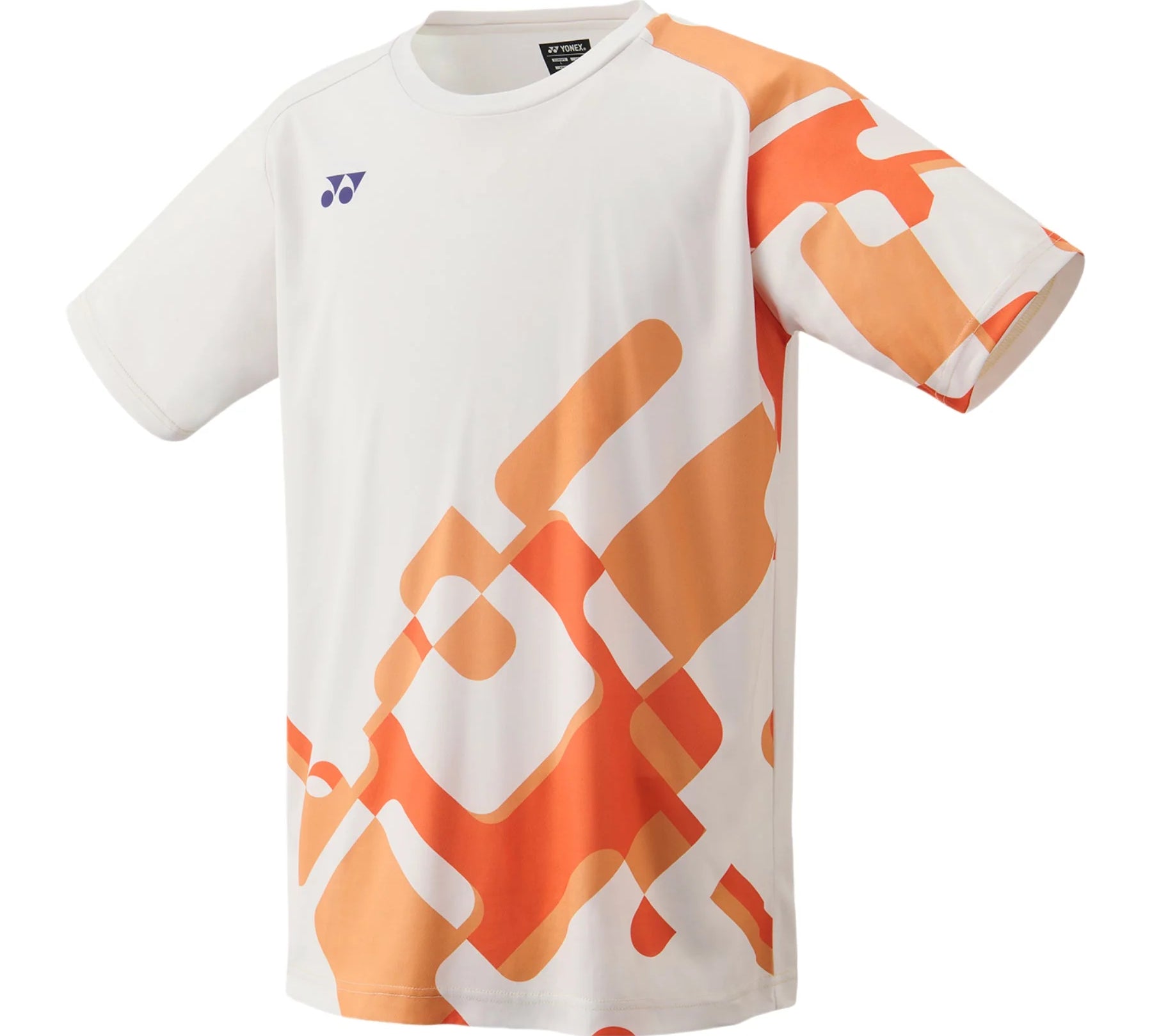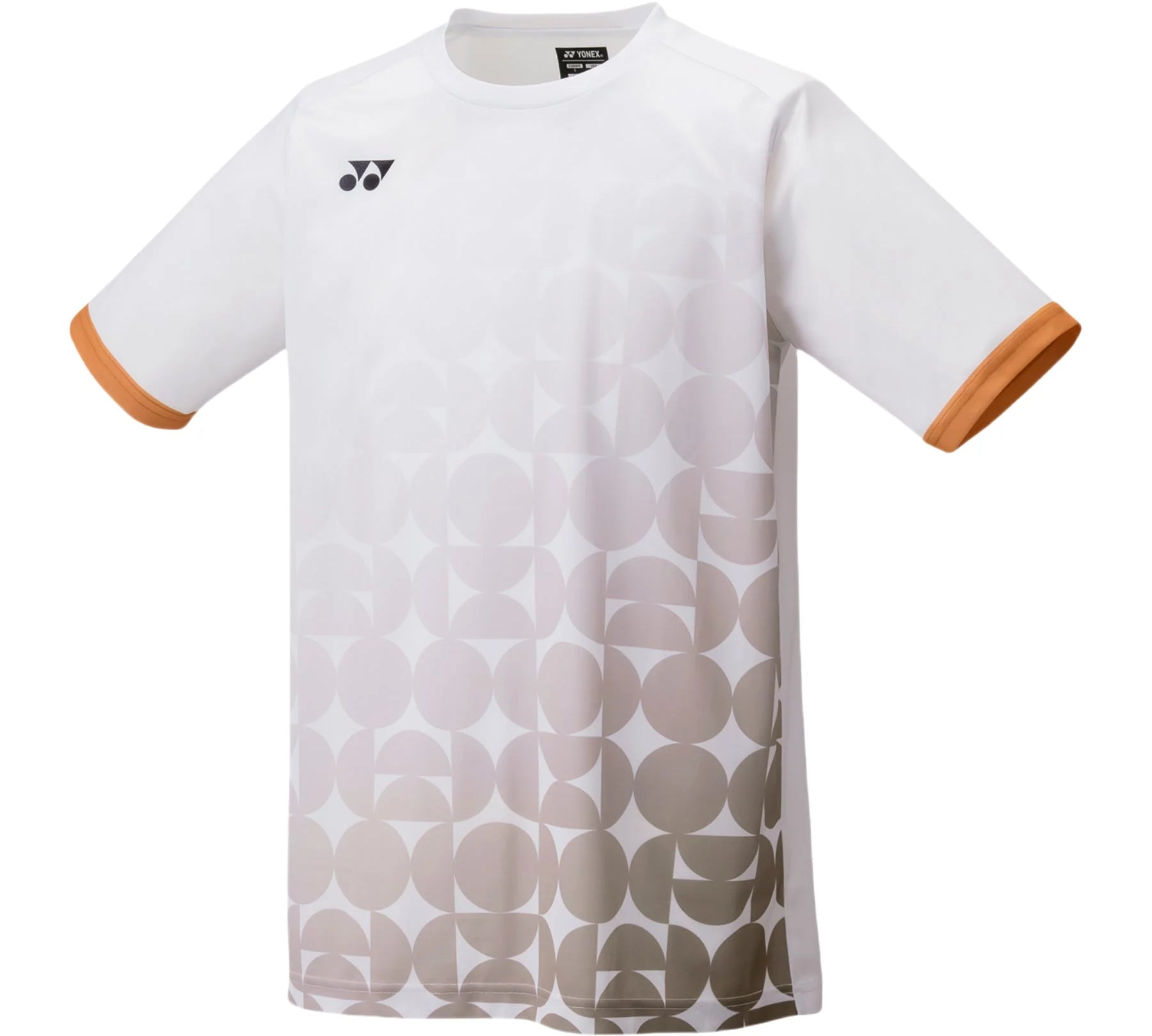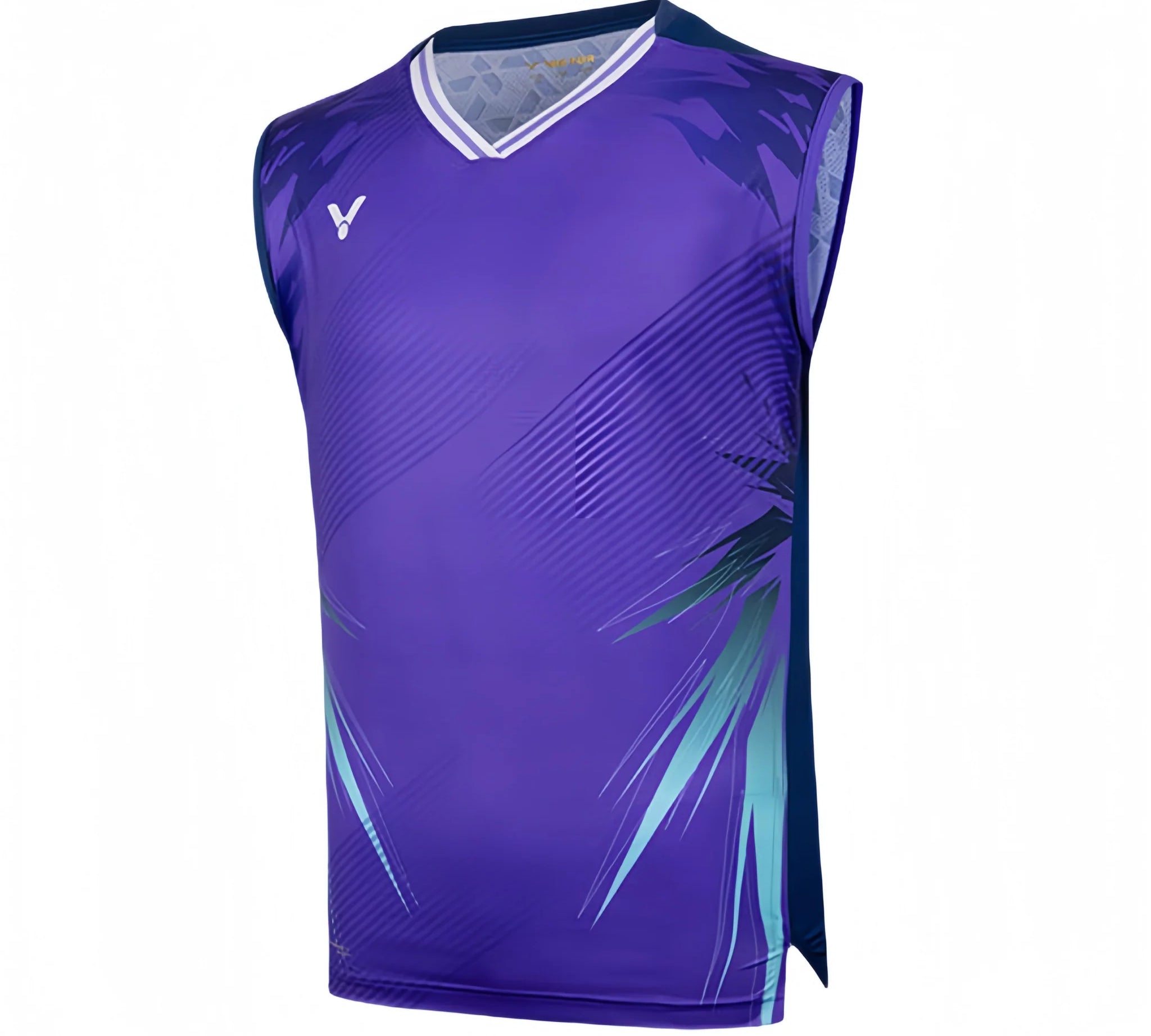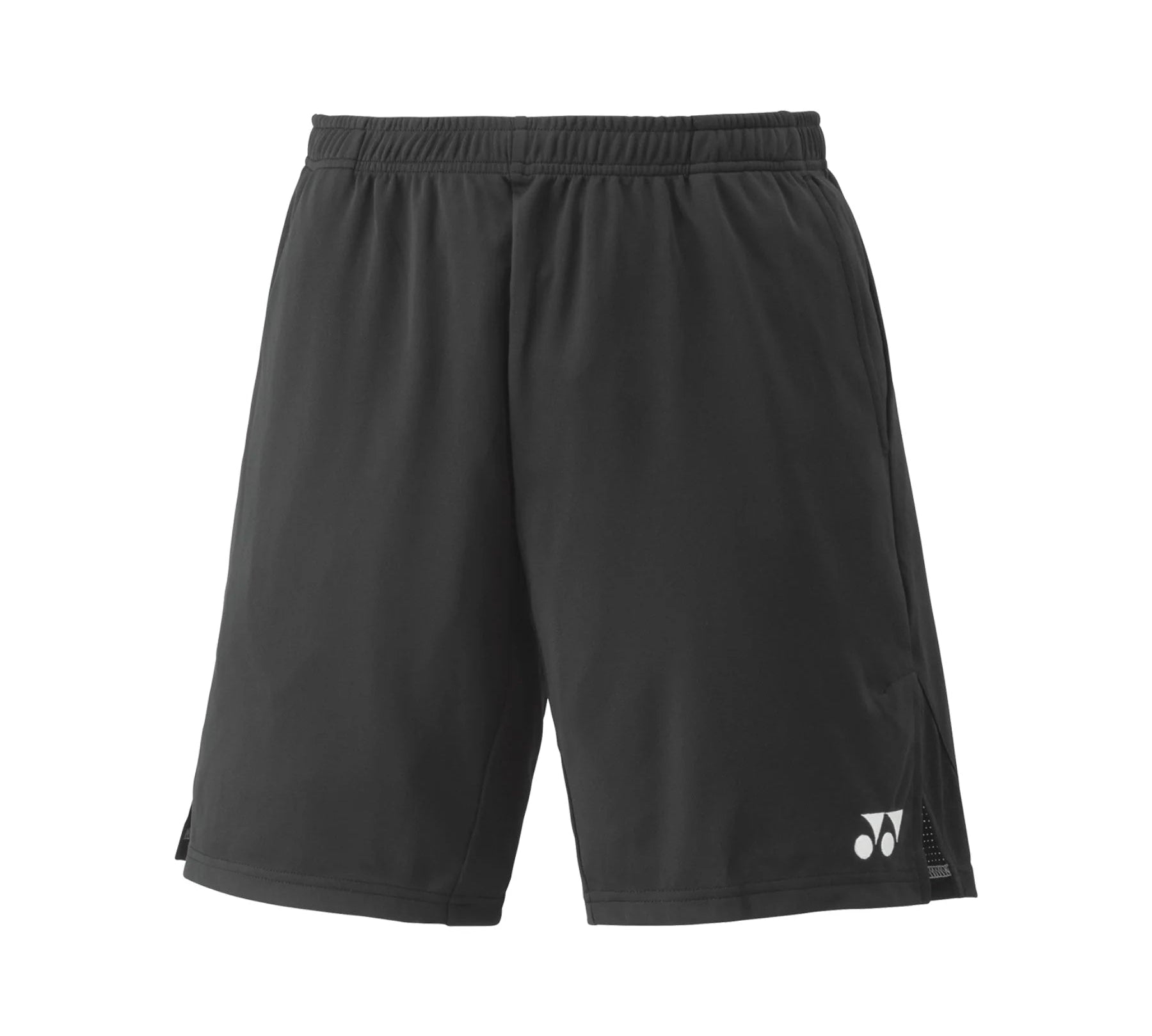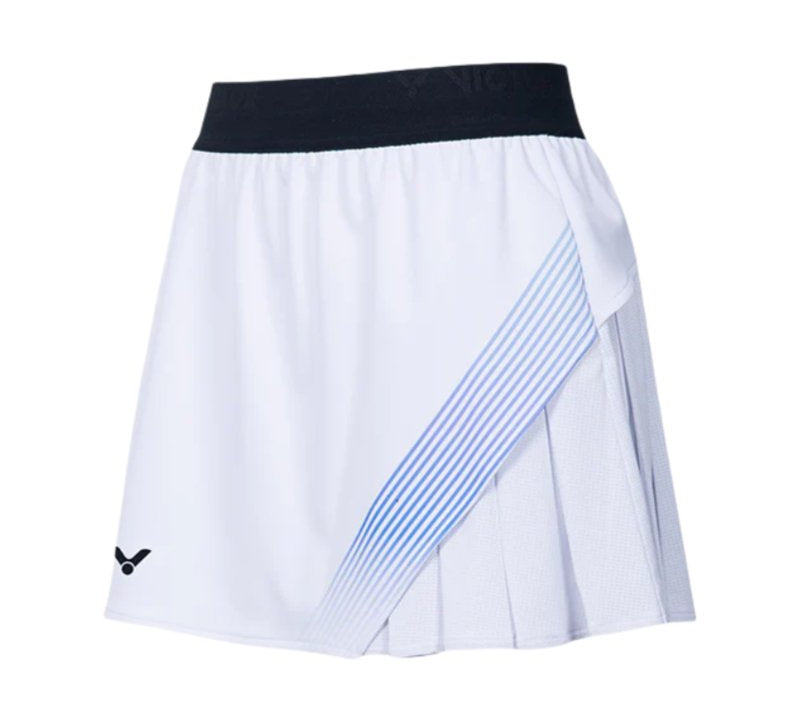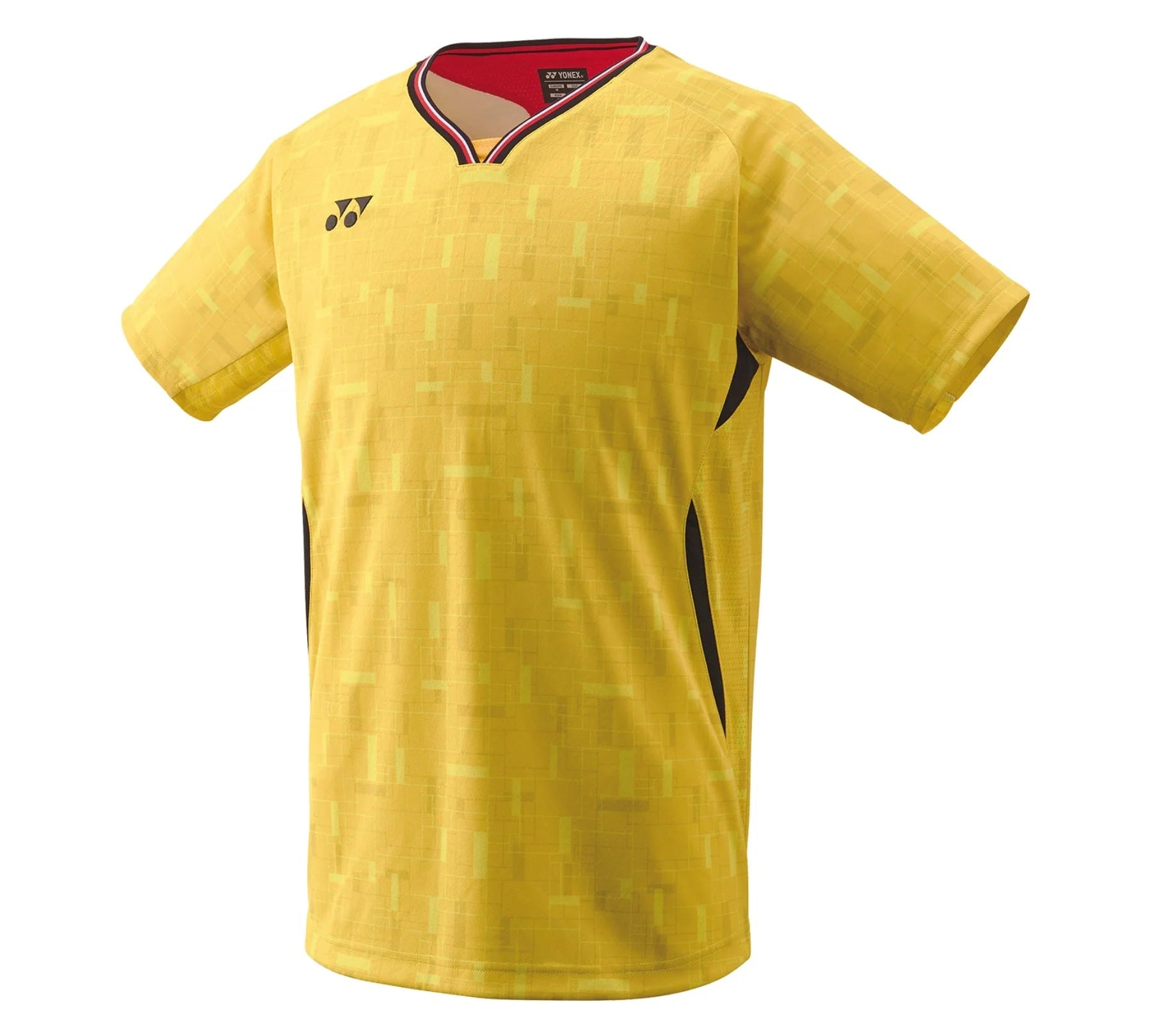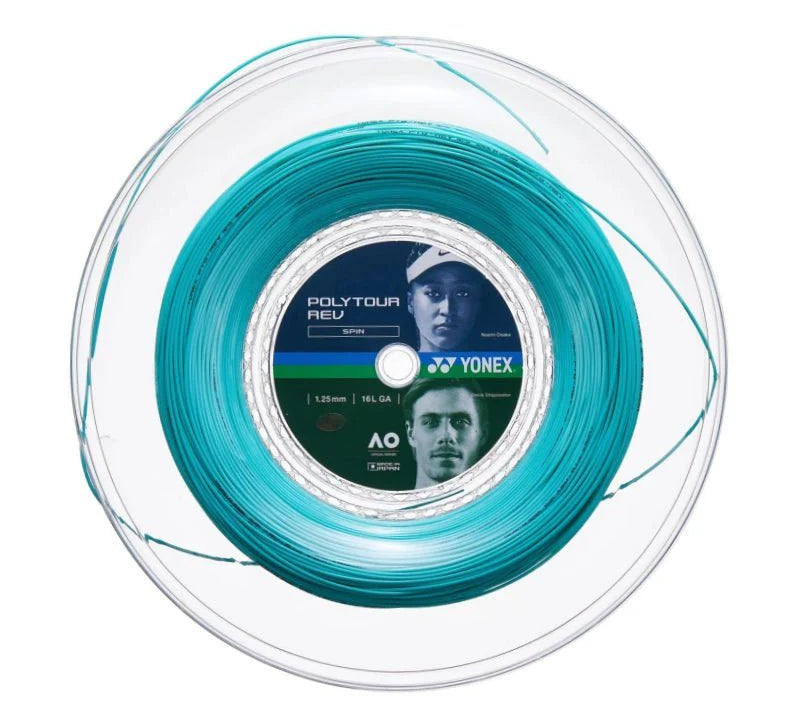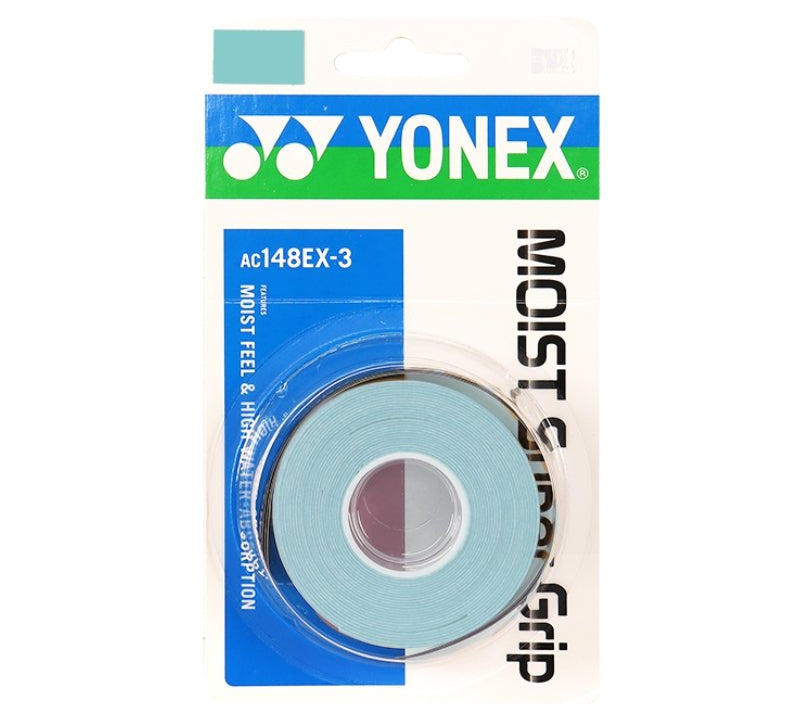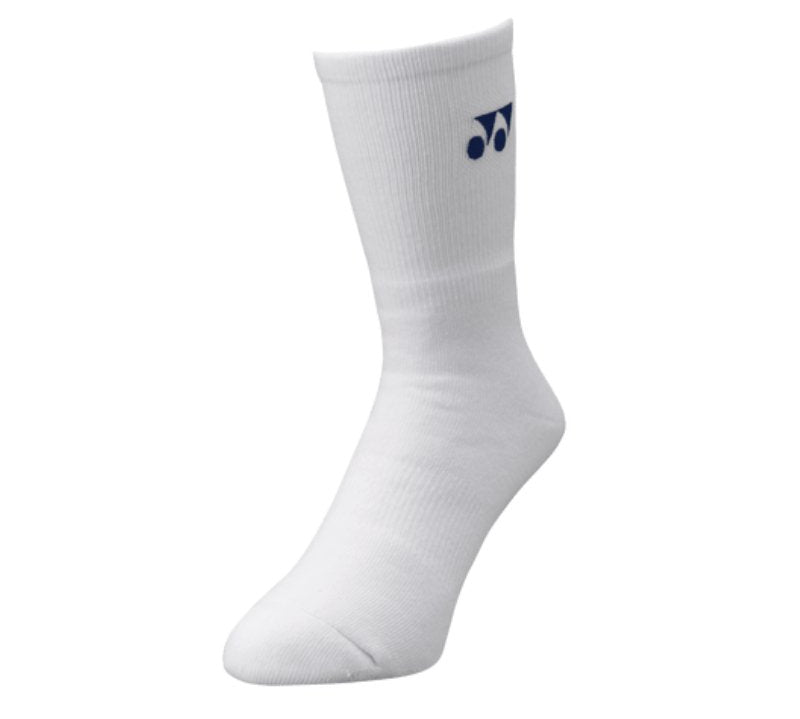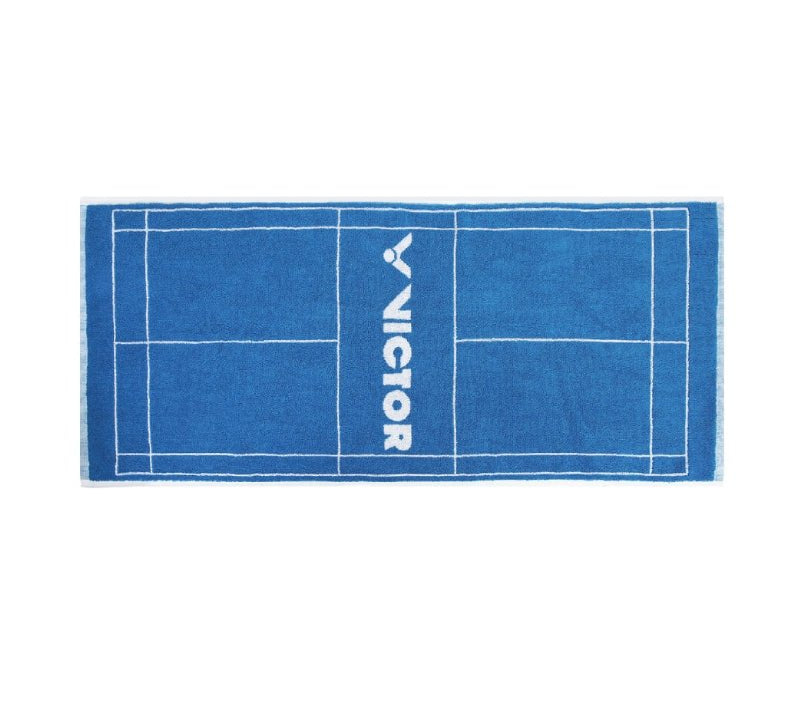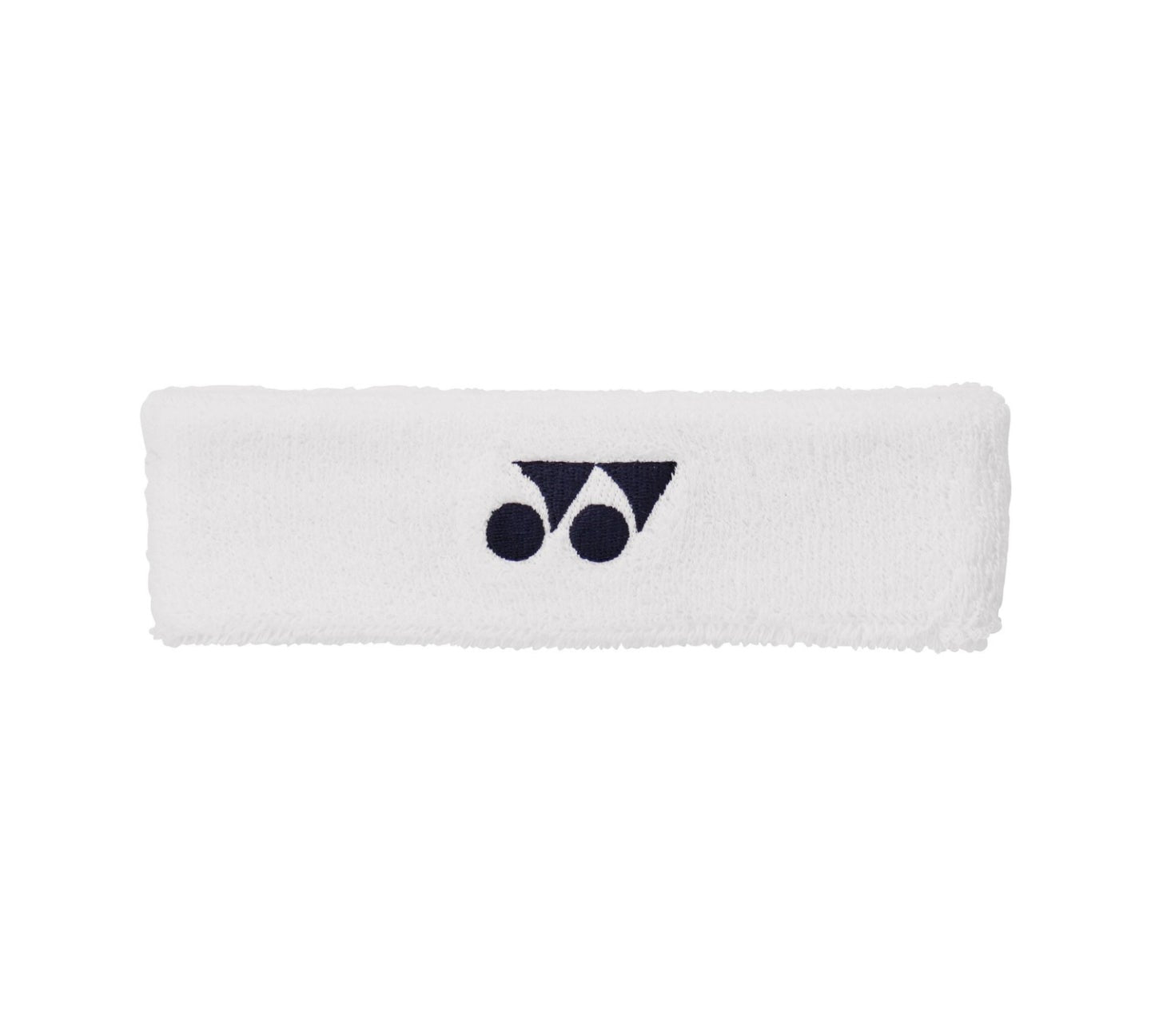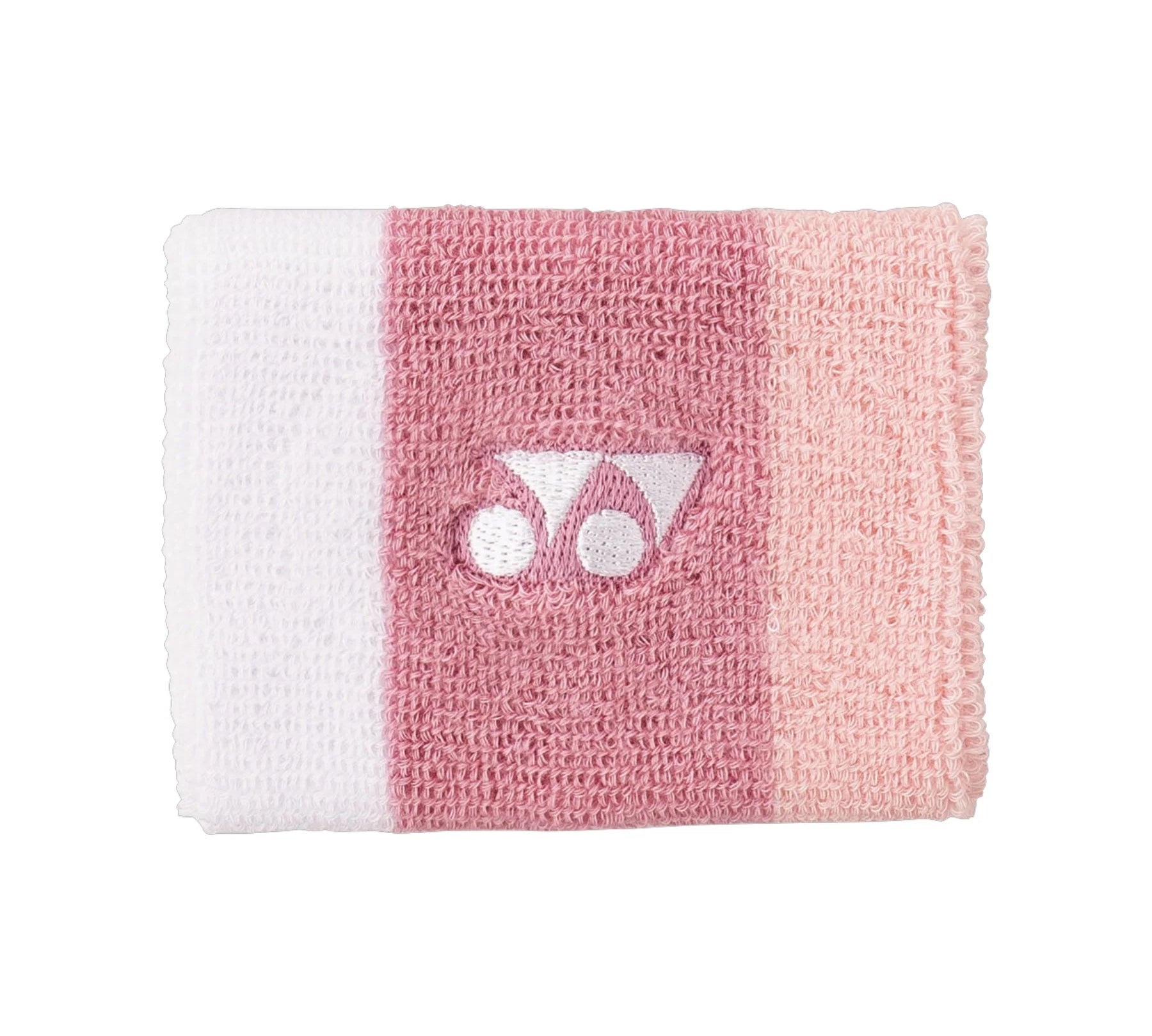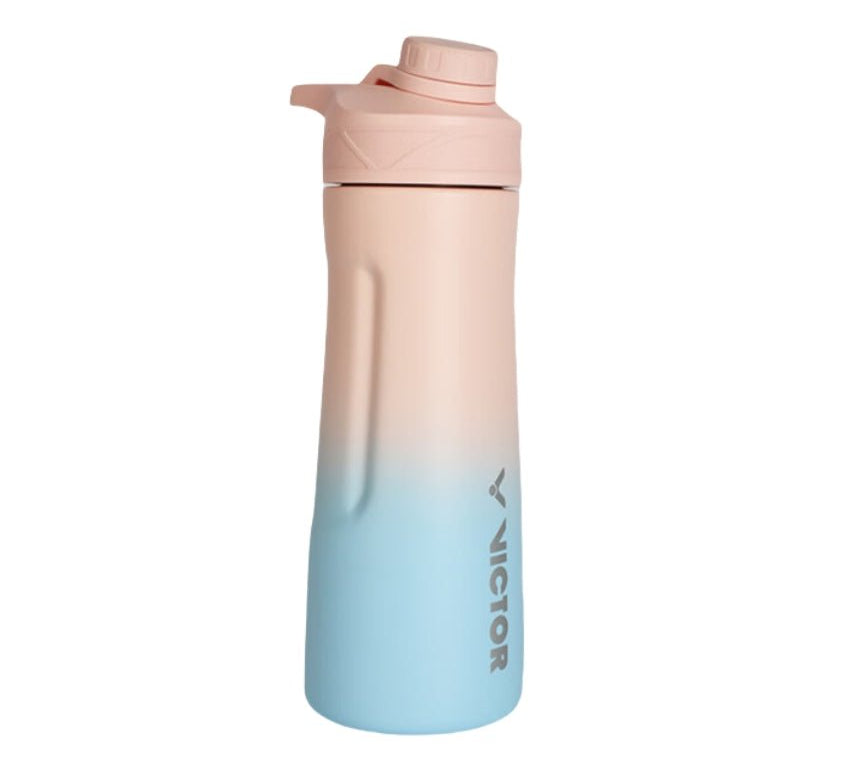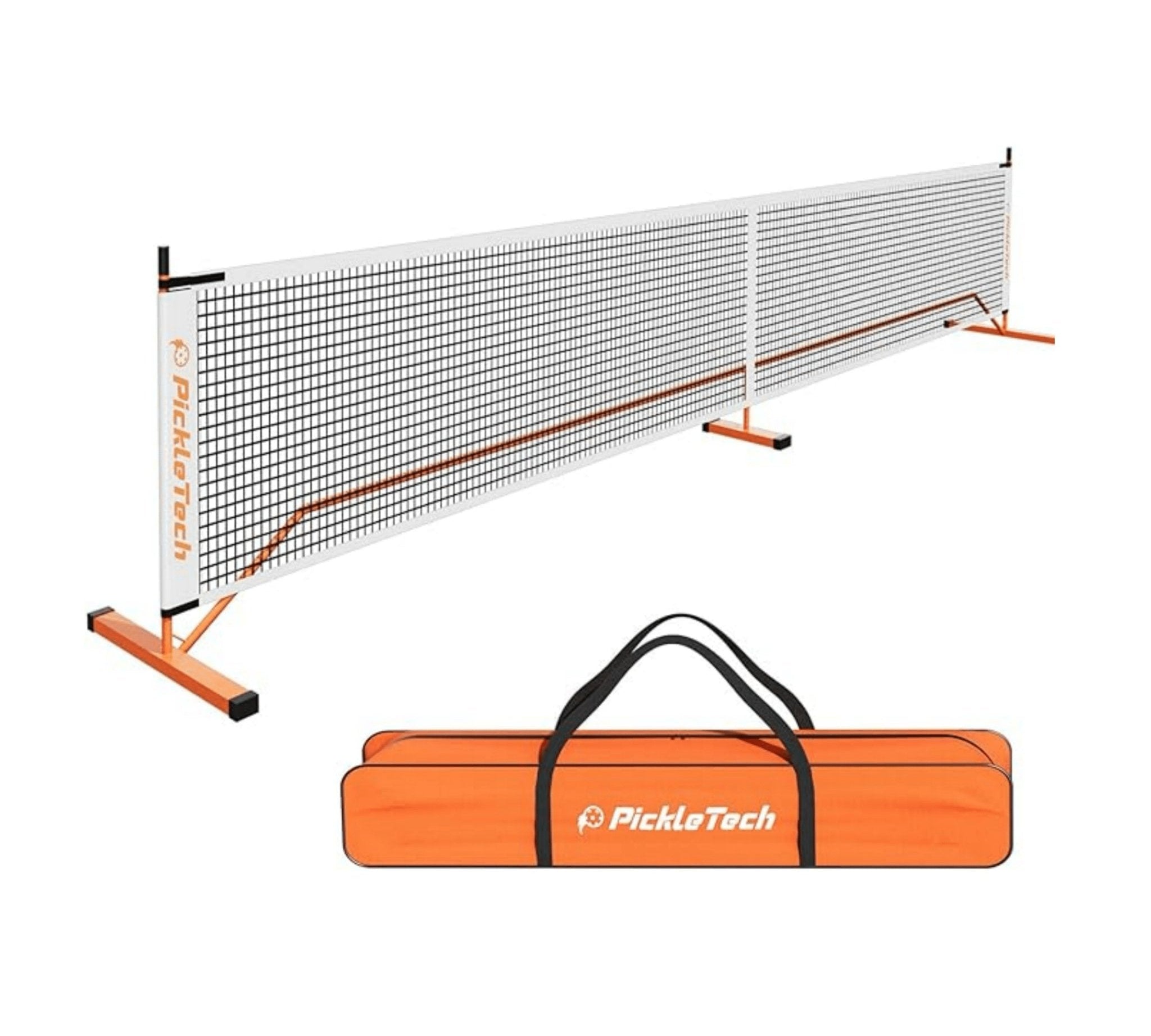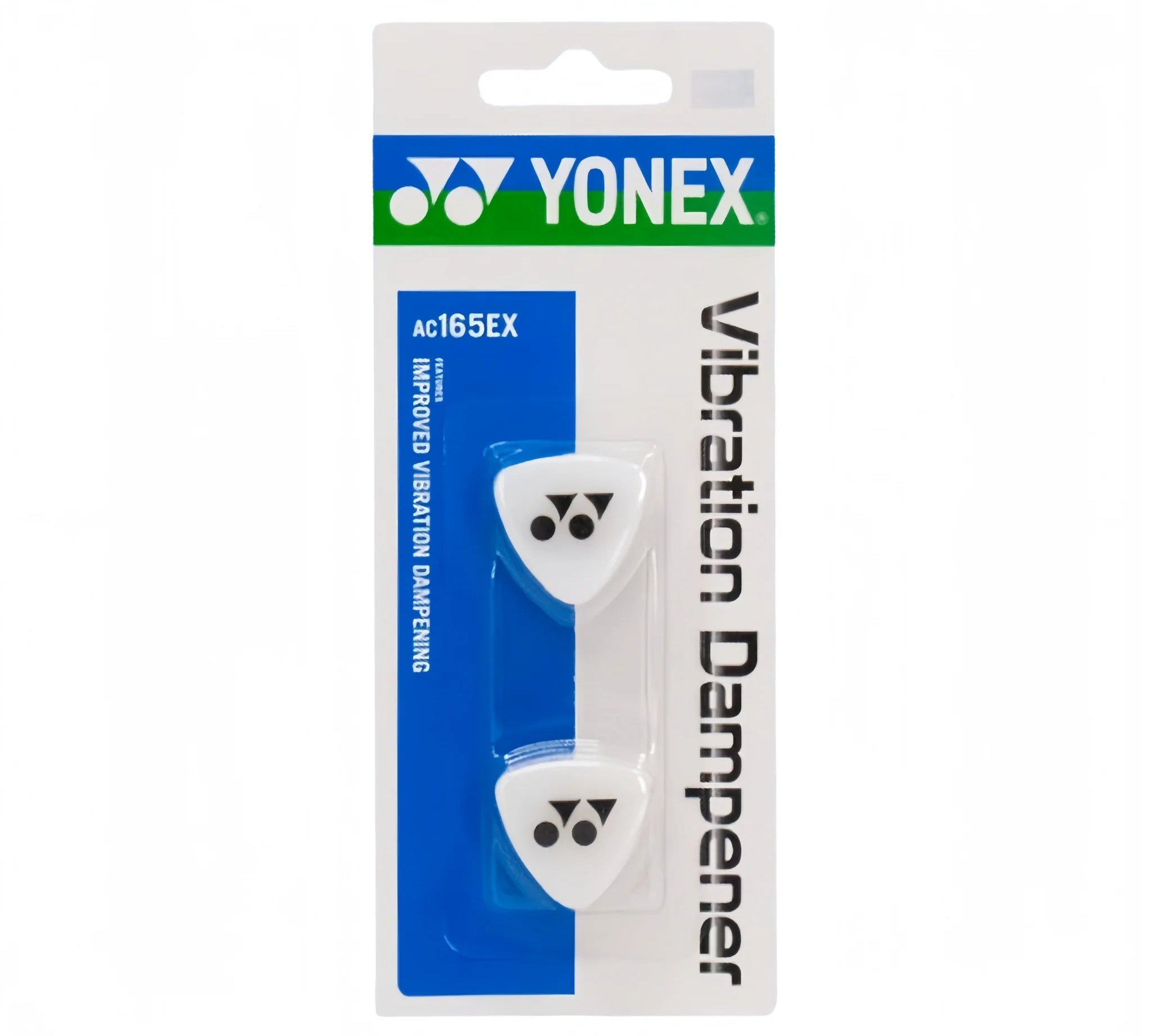When shopping for sports shoes, particularly badminton or tennis shoes, many players wonder whether they can wear the same pair for both sports. While both badminton and tennis involve fast-paced movements, quick direction changes, and lots of lateral movement, the shoes required for each sport are not the same. Understanding the differences between badminton and tennis shoes is crucial to ensure you have the right footwear for optimal performance and safety.
Key Differences Between Badminton and Tennis Shoes
1. Sole Design and Grip
The most noticeable difference between badminton and tennis shoes is the sole design. Badminton shoes typically have a flat, non-marking rubber sole with a tread pattern designed for indoor courts. This sole provides excellent grip for quick lateral movements on smooth indoor surfaces, preventing slipping and ensuring stability.
On the other hand, tennis shoes have more aggressive tread patterns designed for both hard courts and grass courts, providing excellent traction on outdoor surfaces. The soles of tennis shoes are usually more durable to withstand the wear and tear of outdoor play, which can make them slightly stiffer compared to badminton shoes.
2. Cushioning and Support
Badminton requires rapid footwork and constant direction changes, so badminton shoes are designed to offer lightweight cushioning that supports fast lateral movements. They tend to have more flexible midsoles that allow for quick, explosive jumps without compromising foot agility.
Tennis shoes, however, are built for longer periods of play and typically feature more substantial cushioning for support, especially in the heel and arch. The emphasis is on durability for prolonged play on hard or uneven surfaces, which is why tennis shoes may feel a bit bulkier compared to their badminton counterparts.
3. Stability and Flexibility
Badminton players need shoes that allow for rapid sideways movements and quick pivots. As a result, badminton shoes tend to be more flexible and lightweight, with a lower profile to keep you closer to the ground for better balance during fast lateral shifts.
In contrast, tennis players require shoes that provide stability for forward and backward movements on more varied surfaces. Tennis shoes usually have a higher cut around the ankle for added support and to protect against ankle injuries during aggressive, forward-moving play.
4. Durability
While badminton shoes are typically built for indoor use, tennis shoes are designed to endure harsher outdoor conditions. Tennis shoes often have additional reinforcement in the toe area and on the sides to protect against scuffing when playing on rougher surfaces like concrete or grass. Badminton shoes, however, are lighter and focus more on comfort and agility than long-term durability.
Which Shoes Should You Choose?
If you play badminton and tennis regularly, it's recommended to invest in a pair of shoes specifically designed for each sport. The lightweight, flexible design of badminton shoes will give you the edge on the court, while tennis shoes will provide the necessary support and durability for outdoor play.
When choosing your shoes, consider factors like the type of court you play on, how often you play, and whether you prioritise speed and agility or long-lasting comfort and support. In the end, the right pair of shoes can significantly impact your performance and help prevent injuries.
Conclusion
In summary, while both badminton and tennis shoes may look similar at first glance, they are designed with different requirements in mind. Tennis shoes are built for outdoor durability and stability, while badminton shoes focus on agility, grip, and comfort for indoor play. Choose the right footwear based on your needs to ensure a more comfortable, safe, and enjoyable playing experience.
If you need help finding the perfect pair of sports shoes, visit Gem Sports for expert advice and high-quality products tailored to your needs!











